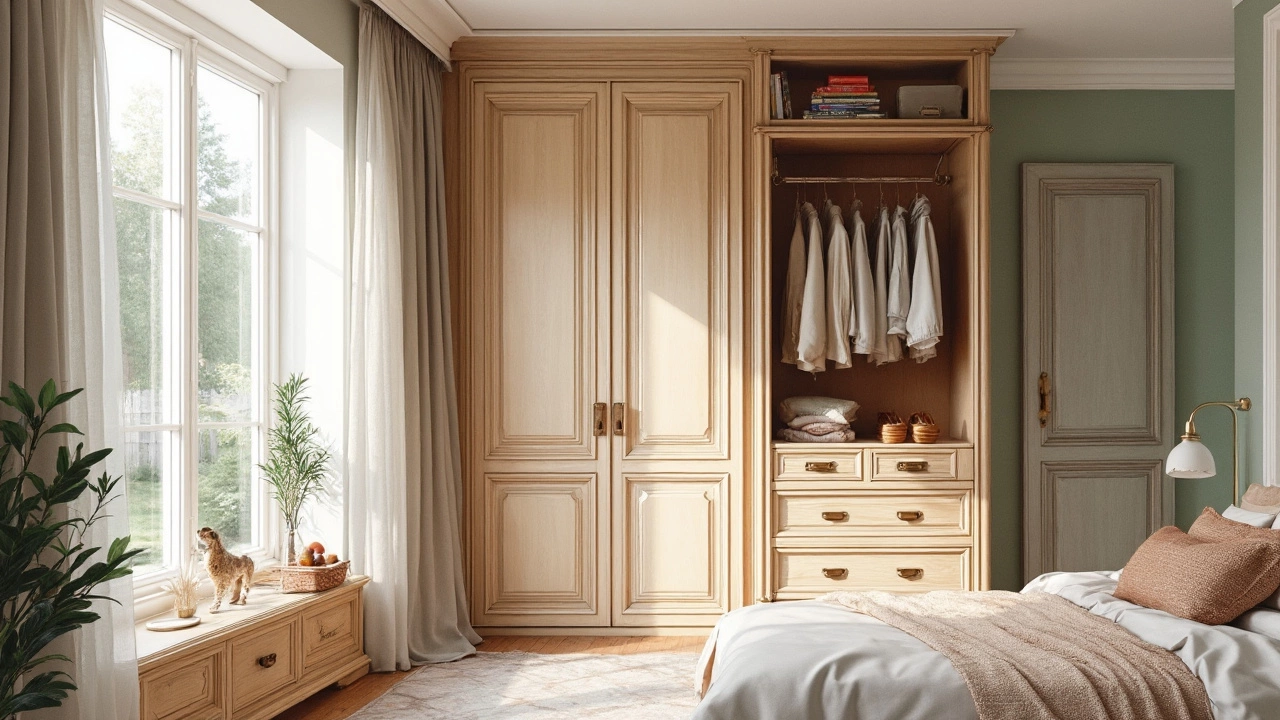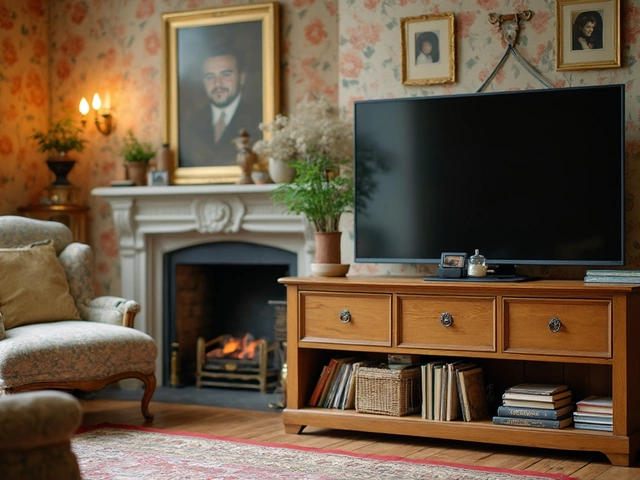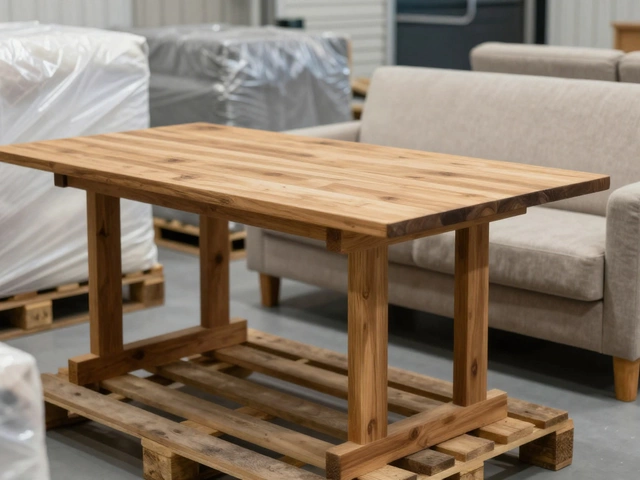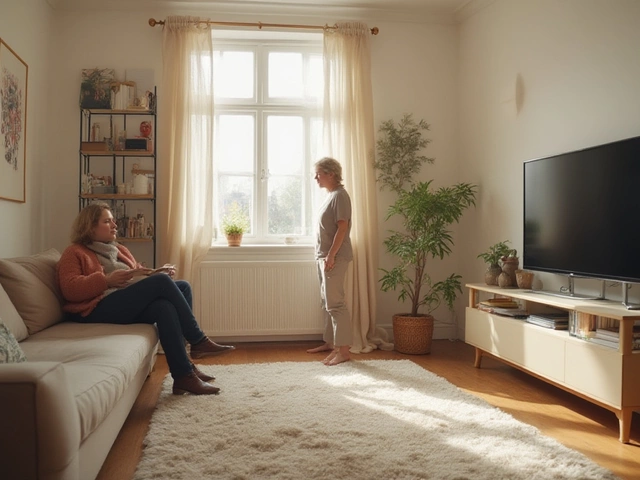So, you're staring at that space in your bedroom, wondering what really turns a simple closet into a full-fledged wardrobe. It's more than just a place to throw your shirts and pants. Think of it like your personal fashion headquarters. But how do you build or choose the right one?
Let's start by considering the basics. A wardrobe, at its core, is all about storage. But not all storage solutions are created equal. You’ve got standalone wardrobes, built-ins, wardrobes with sliding doors, ones with mirrors—the list goes on. Each type has its unique perks.
For instance, those sliding doors are perfect if you’re cramped for space. Meanwhile, mirrored doors might save you the extra dash to the bathroom for a quick check before heading out. Figuring out what you need day-to-day helps in choosing the right kind of wardrobe.
Understanding the Basics
Alright, let’s break down what a wardrobe really needs to tick all the boxes. At first glance, a wardrobe might seem just like any storage unit, but there’s a lot more going on. It’s about structure, functionality, and a bit of flair.
The core element is space—hanging, shelving, and that ever-elusive drawer space. A wardrobe ideally combines all these in the right proportions. If you're hanging a lot of clothes, you'll want ample rail space. But don’t forget about shelves for folded items and drawers for those bits and bobs like socks and ties.
Then there’s the type. Do you have room for a lavish walk-in wardrobe, or is a compact freestanding unit more your speed? Closet choices depend on both room size and your personal needs. Let’s not forget about built-in wardrobes, which neatly blend into the room, often adding value to your home.
Here’s where the materials come into play. Wood is classic and sturdy, while materials like metal or glass can add a modern twist. MDF board is a budget-friendly option if you’re not looking to break the bank. Whatever you choose, ensure it aligns with your decor and lifestyle.
Check the doors next. They’re often a feature themselves. Swing doors offer full access but need plenty of space, whereas sliding or bi-fold doors are space-savers. Mirrored doors can make a room look larger and help with quick outfit checks.
Lastly, keep in mind the little extras that make life easier. Hooks for belts, holders for scarves, and even LED lights for dark corners. These small additions keep your organizing game strong.
Features That Matter
When you're picking out a wardrobe, the features can make or break your experience. You might not think about it at first, but little things can make a big difference.
First up, consider the type of doors. Sliding doors are space-savers and perfect if you’ve got a small room. They glide open without needing extra space, unlike hinged doors that swing wide and take up room.
Next, look at the hanging space and compartment design. It’s not just about hanging clothes, but how the internal compartments are set up. Adjustable shelves or rods can adapt as your wardrobe needs change. More shelves can keep things tidy and within reach without digging through piles.
Also, consider the material. Solid wood wardrobes generally last longer than their particleboard counterparts—but they can be heavier and pricier. If you want durability on a budget, you could opt for a good quality laminated board.
And don't forget lighting. Ever tried finding your favorite black shirt in a dimly lit closet? Built-in lights might sound fancy, but they take away the hassle of rummaging for your stuff.
A simple way to remember these essentials:
- Door Type: Sliding or hinged?
- Storage Options: Shelves, rods, or drawers?
- Material: Wood or laminated board?
- Lighting: Built-in or external?
Choose features that make use of your space smartly and fit your style. It’s all about making your daily routine just a bit nicer and way more efficient.
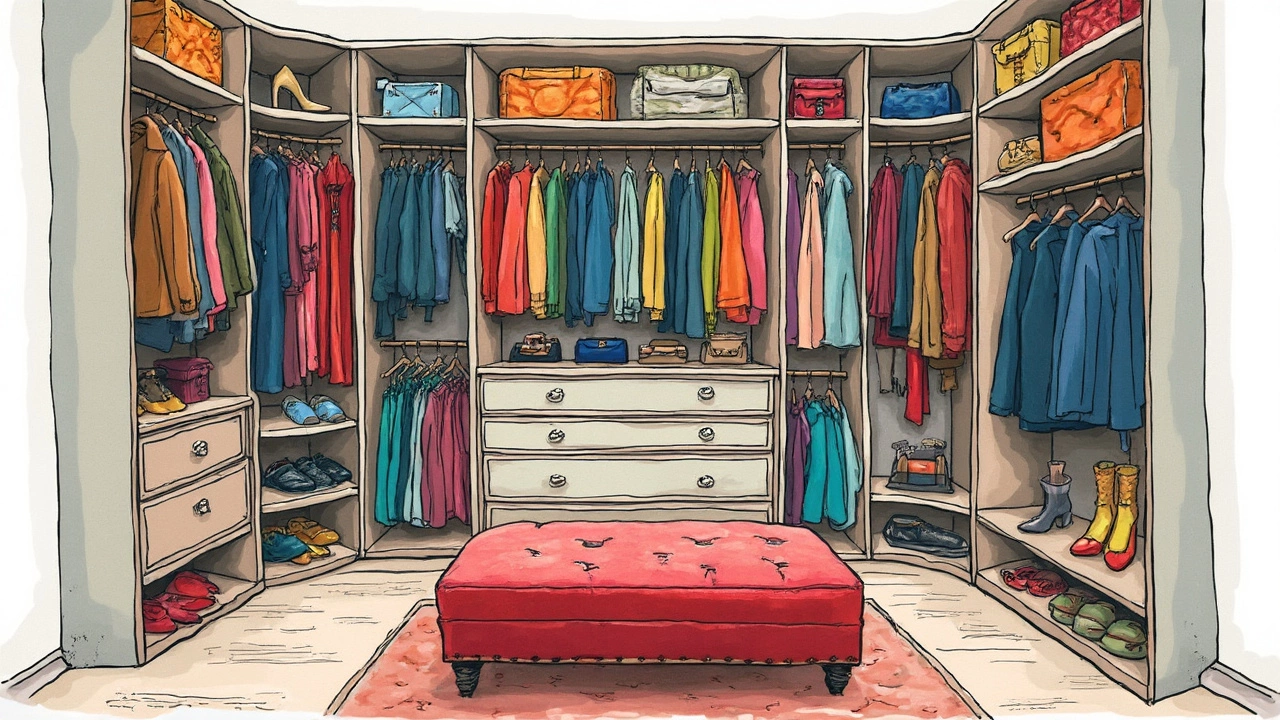
Organizational Tips
Let's be real, organizing a wardrobe can be as tricky as a jigsaw puzzle with missing pieces. But don’t throw in the towel just yet. A well-organized wardrobe means seeing everything at a glance, which makes those rushed mornings a lot smoother.
First off, think about your wardrobe's layout. Start by categorizing your clothes: shirts, pants, dresses, jackets. It’s like organizing your playlist by genre; you know what you’ve got and where it is. Use dividers or shelving units to help create distinct areas.
Hangers can be your best friends or worst enemies. Invest in some quality, uniform hangers to keep things tidy and free up space. No more battling with tangled hangers of different shapes!
Got a bunch of accessories? Get creative with hooks and trays. Scarves, hats, and neckties love being on display where you can grab them easily. Even a small hanging shelf can do wonders for these items.
Let's talk folding. For the things you don’t hang, mastering the art of folding saves a ton of space. YouTube tutorials on the KonMari fold are worth a peek—they promise to revolutionize your storage game.
- Roll items like tees and jeans to maximize drawer space.
- Use clear boxes or bins for seasonal wear—stack and store them where they’re accessible but not in the way.
- Shoe racks or cubbies keep your footwear sorted and accessible. And look, if you’re a sneakerhead, this is a must.
Want a little tech touch? Some folks swear by apps that log your wardrobe pieces, helping you keep track of what you own. Imagine never losing track of that jacket you swore you left right there.
Make It Fit Your Style
Your wardrobe isn't just a dumping ground for clothes; it's part of your room's personality. So, how do you make it vibe with your style? It's simpler than you think.
First up, consider the visuals. If you’ve got a modern minimalist room, a sleek white wardrobe with hidden handles might just do the trick. Living in a rustic space filled with wooden accents? Go for a vintage oak piece to blend in seamlessly.
But sometimes, it's the small tweaks that make a big difference. Think about adding LED lights for a touch of glamor or painting the doors in a bold color for a pop of personality. The idea is to integrate it into what you already have going.
Now for the inside—a neat interior doesn't just mean everything's in its place. It means you've set it up to suit how you use it. Got more shoes than shirts? Reach for a design that emphasizes lower shelving. Is jewelry your thing? Get a wardrobe with a section specifically for accessories.
Here's a quick checklist for fitting a wardrobe to your style:
- Identify your room's theme and color scheme.
- Choose a design that complements your existing furniture.
- Opt for materials that echo those found elsewhere in your space.
- Personalize with additional lighting or color accents.
Remember, your wardrobe should reflect who you are, just like your clothes do. It's about making it work for you and your lifestyle, while also keeping everything organized and looking sharp.
